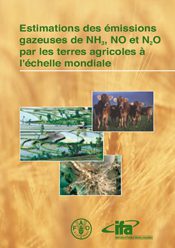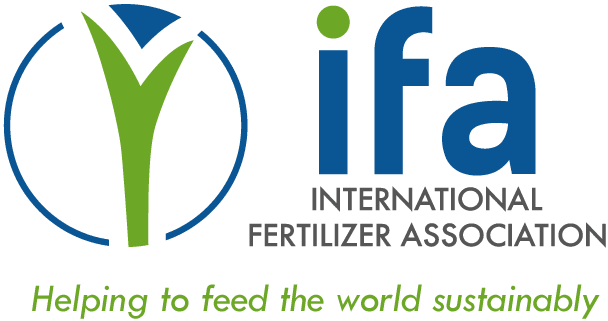Stratégies en matières d’engrais
This document presents guidelines for governments on the development of fertilizer strategies. It illustrates the differences before and after the involvement of the private sector and offers solutions for improvement. It discusses the role of fertilizers in the development of agriculture along with the factors that have an impact on their use by farmers. It gives practical suggestions for decision makers regarding the production or import of fertilizers and then deals with the many issues involved in the efficient distribution and marketing of fertilizers. The publication is intended primarily for developing countries. It presents guidelines for governments on the development of fertilizer strategies. The social and economic environment in which the fertilizer sector operates in developing countries has changed considerably in the 1990s. The accepted role of governments has changed dramatically since the first edition of this document was published, a decade ago. The first two chapters of the document are devoted to an analysis of the present situation and its relevance to the mineral fertilizer sector. The publication discusses the rôle of fertilizers in the development of agriculture along with the factors that have an impact on their use by farmers. It deals with the many issued involved in the efficient distribution and marketing of fertilizers. One chapter deals with the issue of the efficient use of fertilizers in agriculture. In many developing countries the efficiency of nutrient uptake by crops is very low, due largely to inappropriate techniques.Research identifies the most appropriate fertilization techniques and the extension services communicate them to the farmer. Unfortunately, in recent years there has been a considerable reduction in agricultural research and extension activities as governments have reduced their support. The fertilizer industry has a responsibility of product stewardship for its products but it does not have the resources to meet this challenge alone. This task can be completed only if all the relevant organizations involved in providing sufficient food, making it available to all and improving the status of the rural poor, in the context of a sustainable agriculture, make a joint and coordinated effort. This is the subject of the last chapter of the document.

